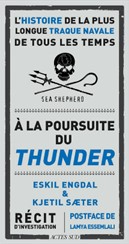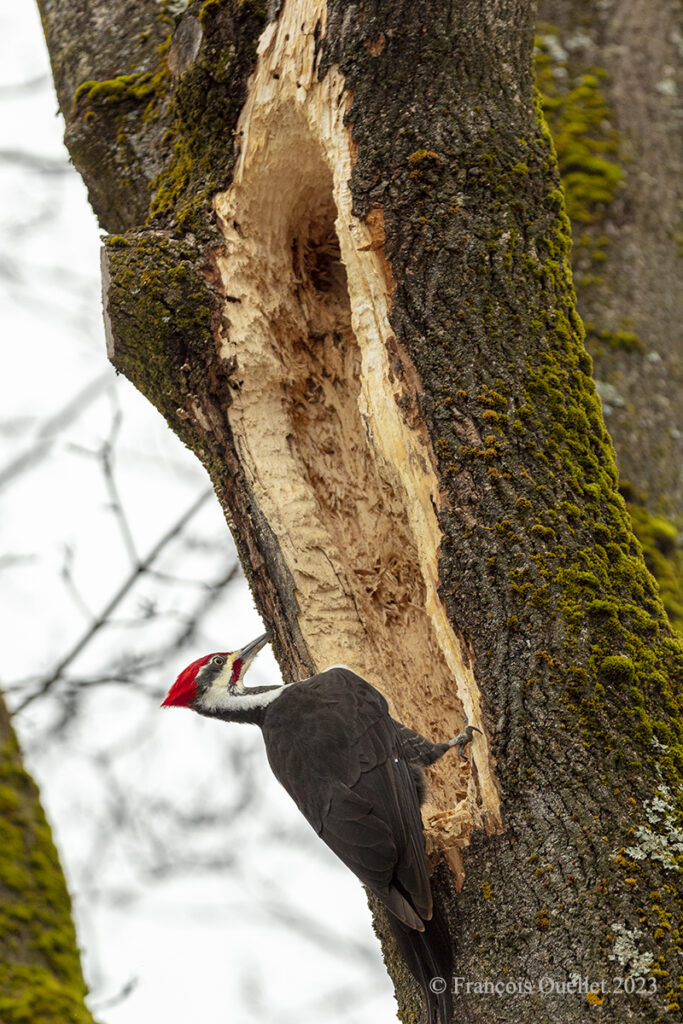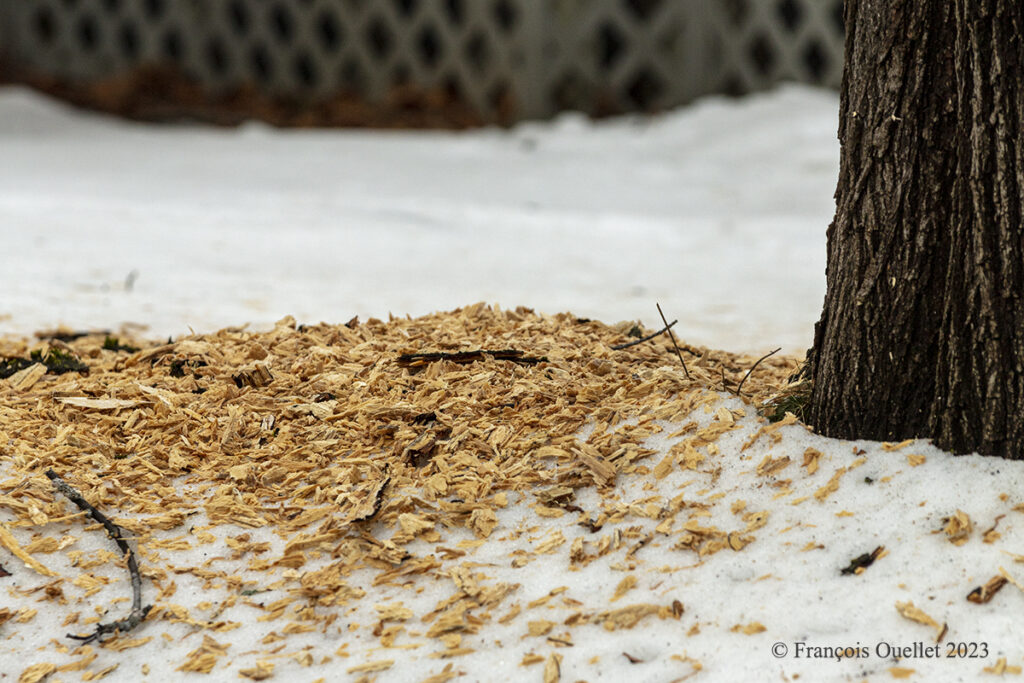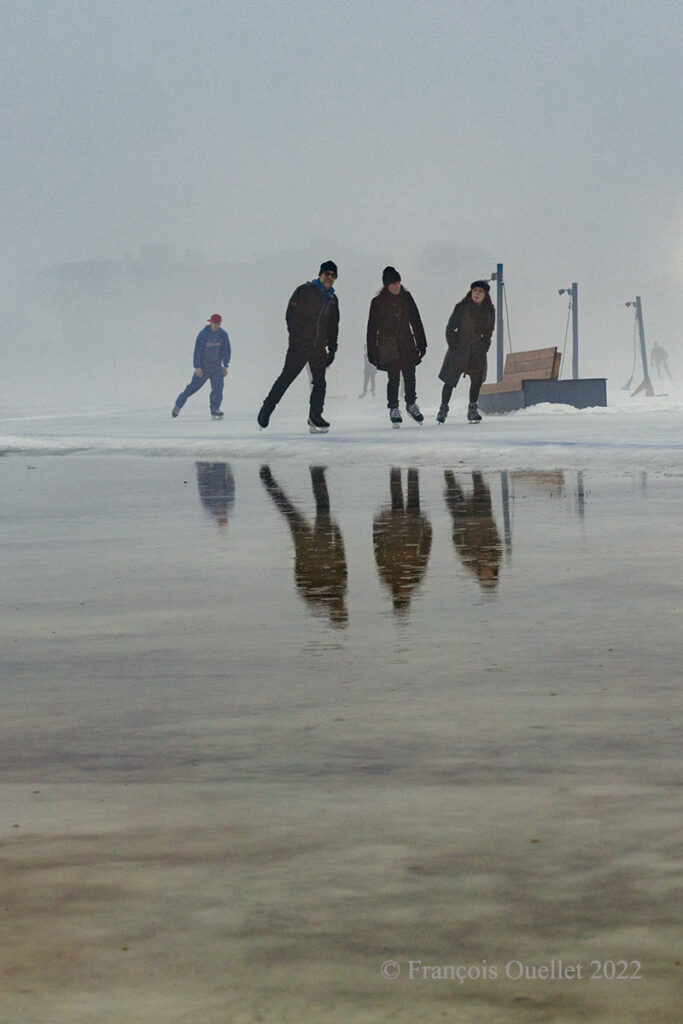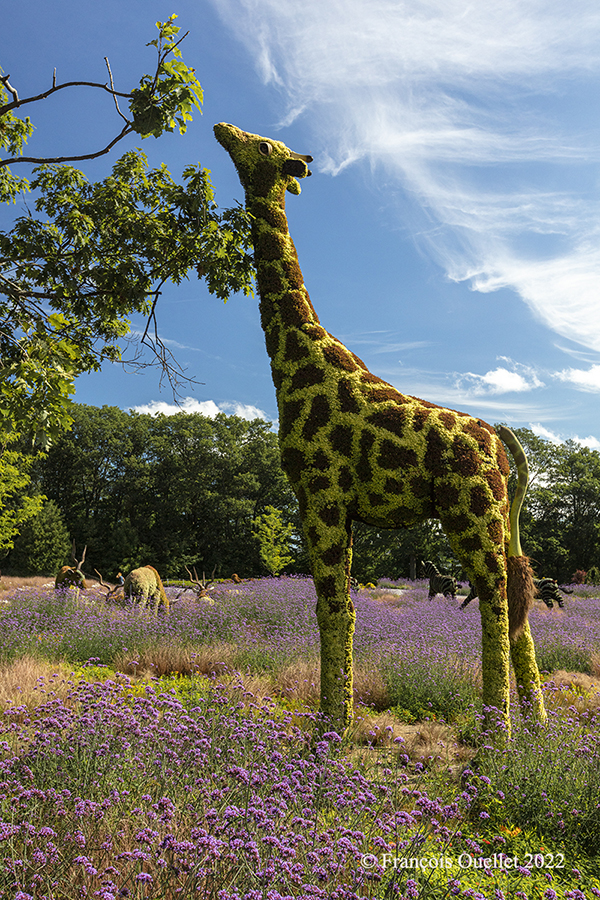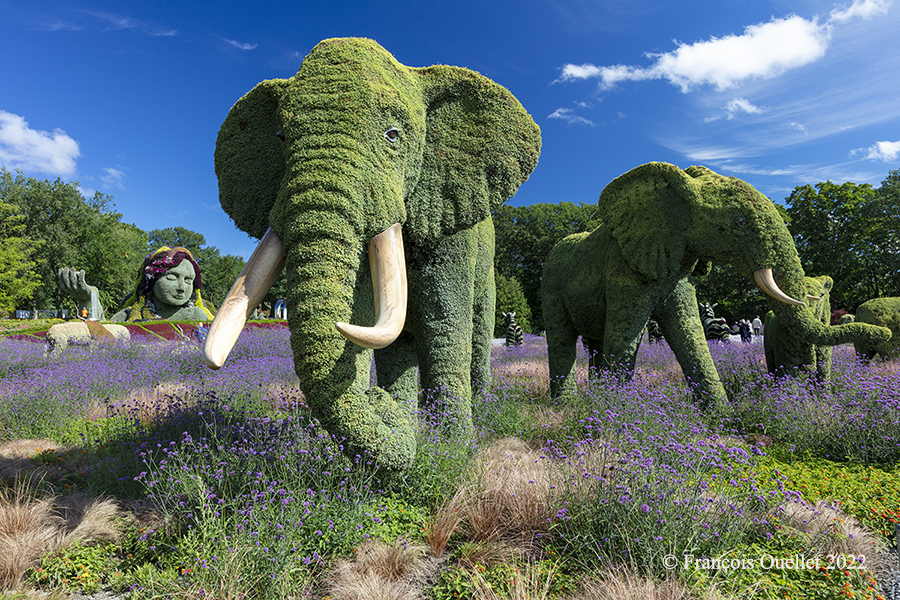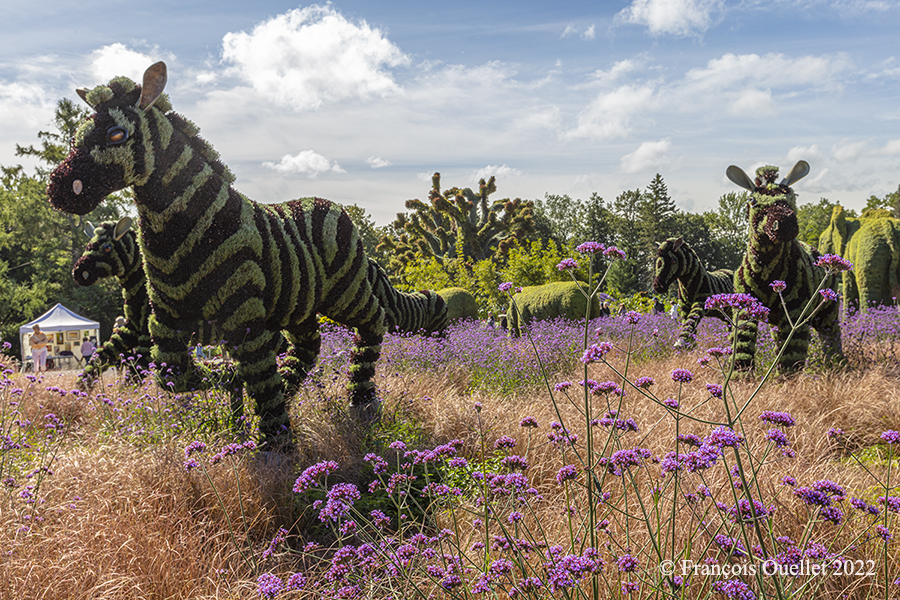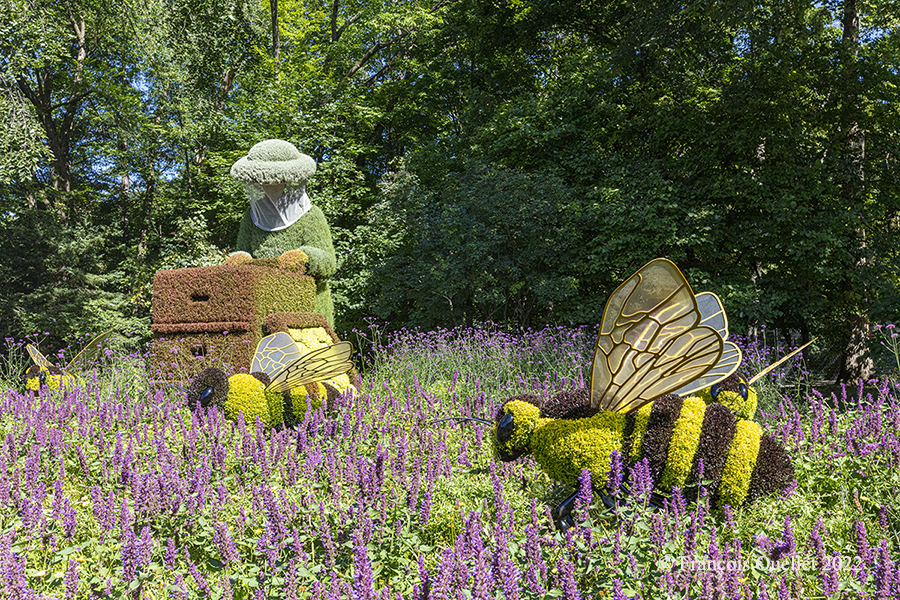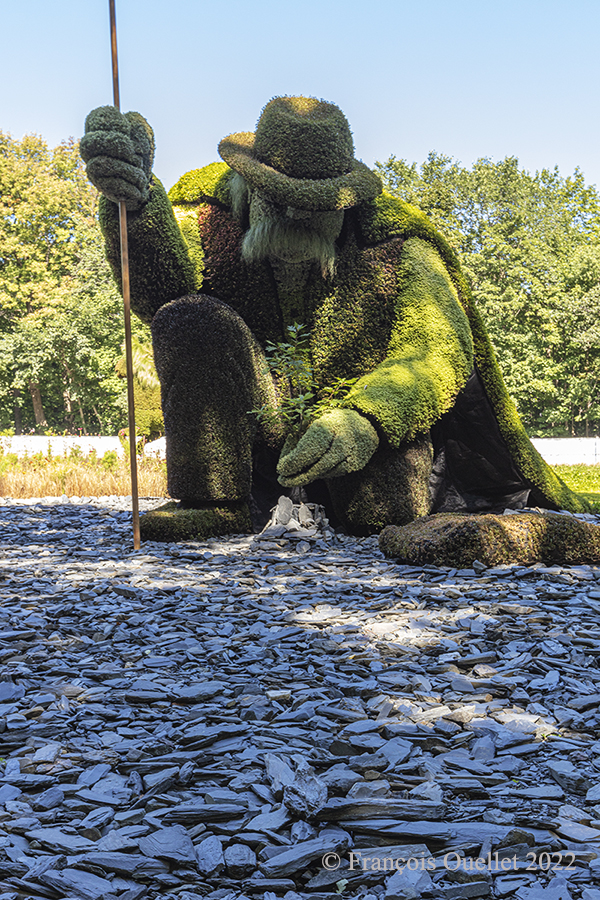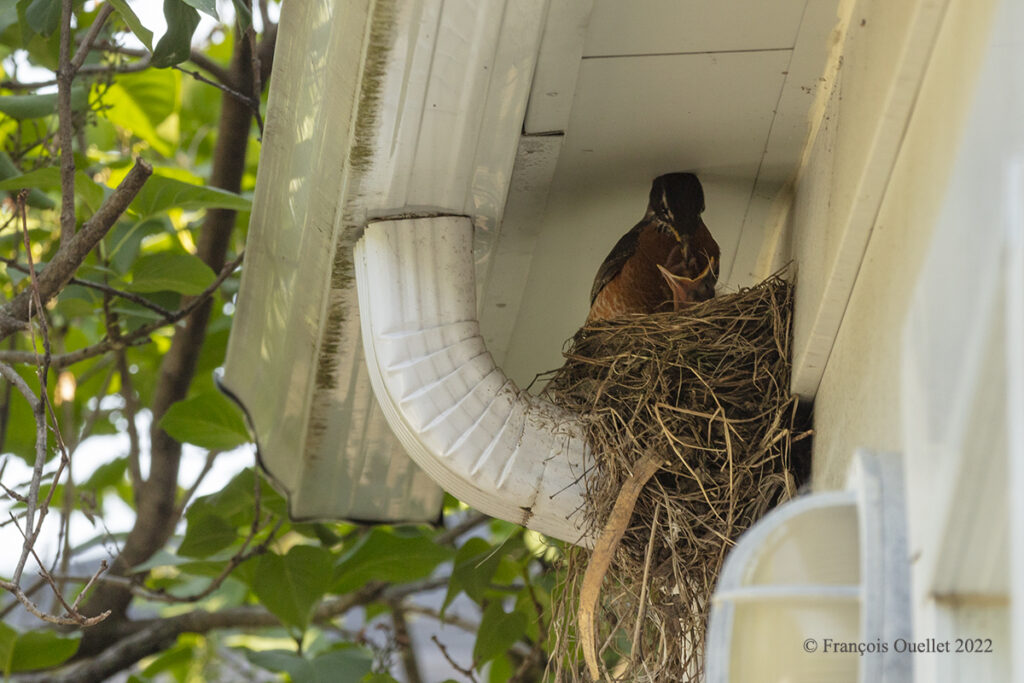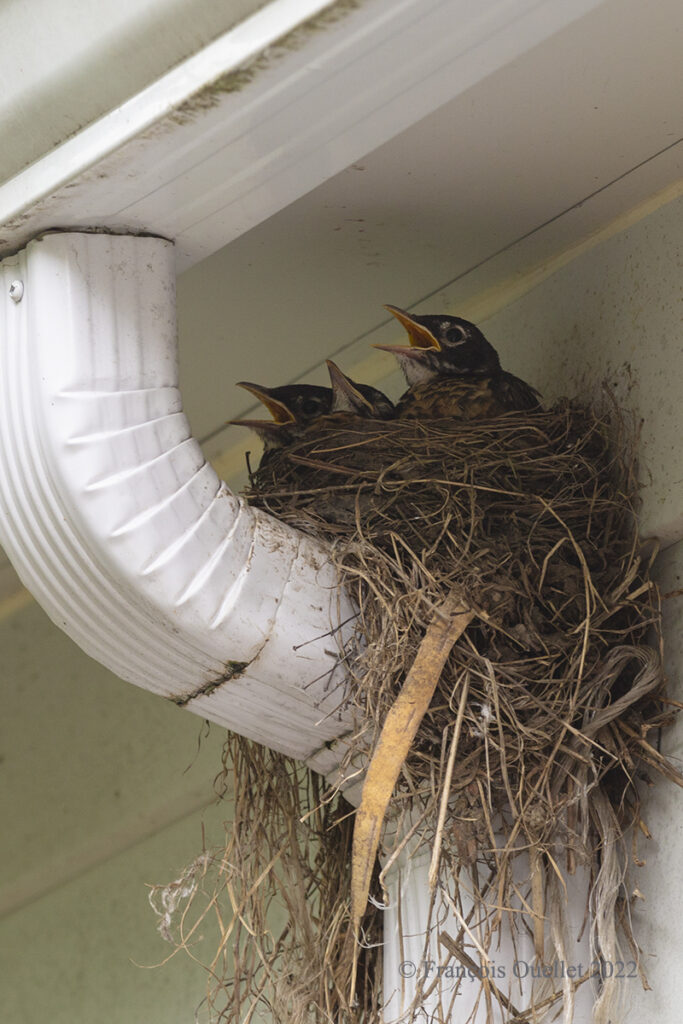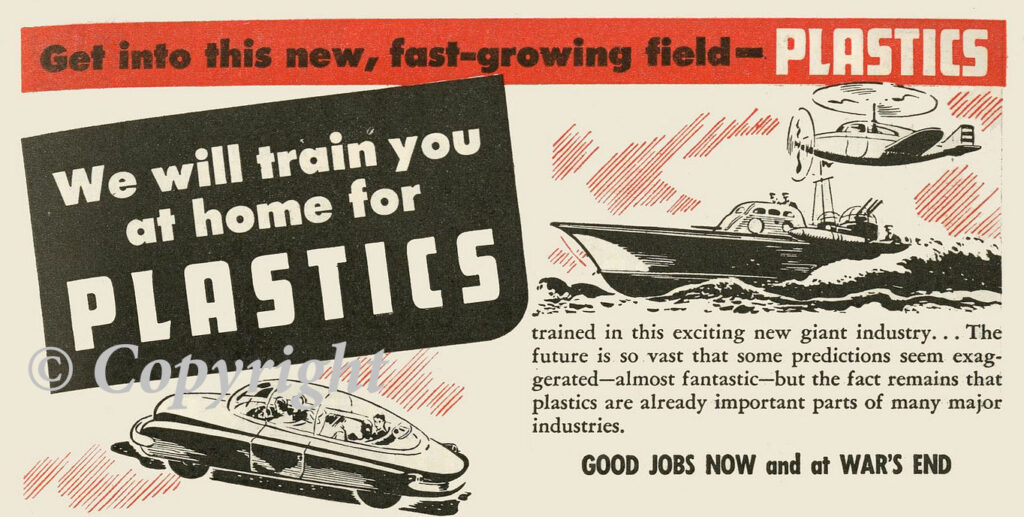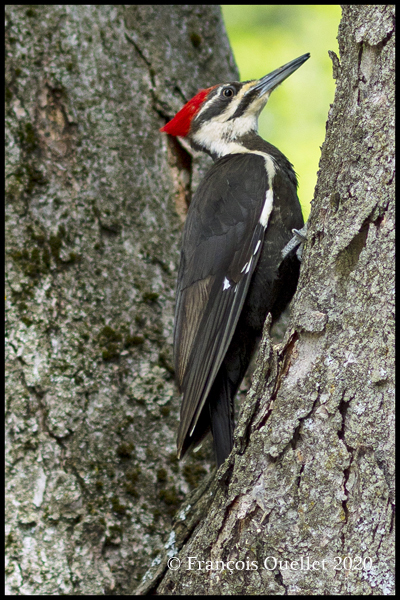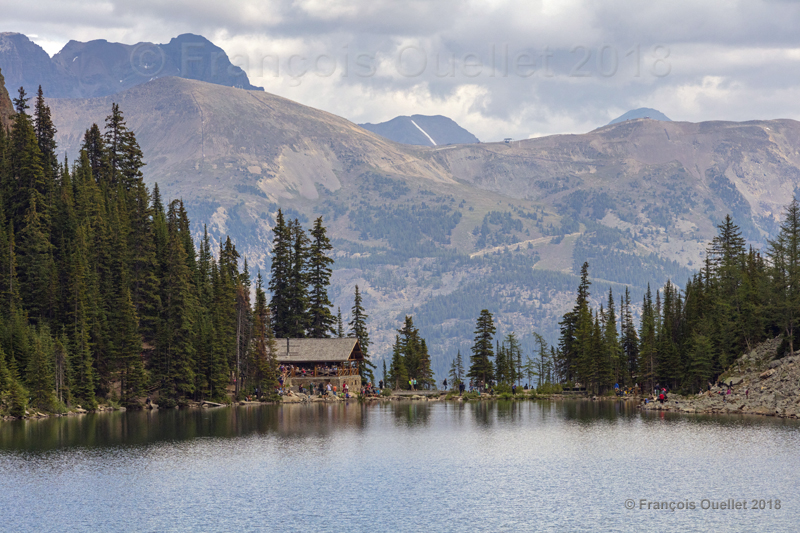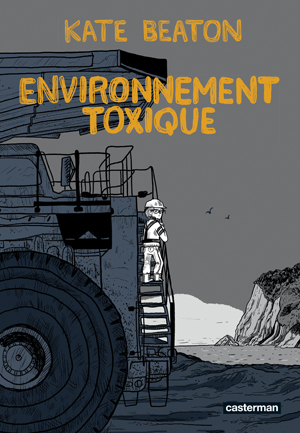
To pay off her student debts quickly, Kate Beaton, a young Nova Scotia resident, decided in 2005 to go and work in northern Alberta for oil companies exploiting the tar sands. At the time, this trip west was popular with Canadians looking for a lucrative job. So she left the paradisiacal landscapes of Cape Breton to plunge into the world of Syncrude and Shell in Fort McMurray.
It was then that she realized what life was like on construction sites occupied mostly by men far from their families, many of whom had behavioral problems. Wherever she found herself, she suffered harassment in the form of derogatory remarks, insults, and eventually sexual assaults.
For these workers, loneliness and survival take on a completely different meaning than for the rest of the male employees in these isolated posts.
A multi-talented storyteller and cartoonist, Kate Beaton published a graphic novel in 2023 describing her experiences. She denounces “a harsh and complex system, which exploits natural resources as coldly as it does human beings”.
“Toxic Environment” is less about the destruction of habitat caused by tar sands mining than about the toxic working environment endured by the few women working on these sites.
Time Magazine, The Guardian and The New Yorker hailed this graphic novel, which also happened to be the winner of the Canada Reads 2023 contest. It was published in English under the title “Ducks“, probably to remember all those ducks caught in the oil that made headlines at the time.
Click on the link for other graphic novels on my blog.
Happy reading!
Title: Environnement toxique (Ducks in English)
Author: Kate Beaton
Publisher: Casterman, for the French version
ISBN: 978-2-203-24223-4 (French version)
©2023

